Home>Dining>Events & Etiquette>When Was Table Etiquette Invented?
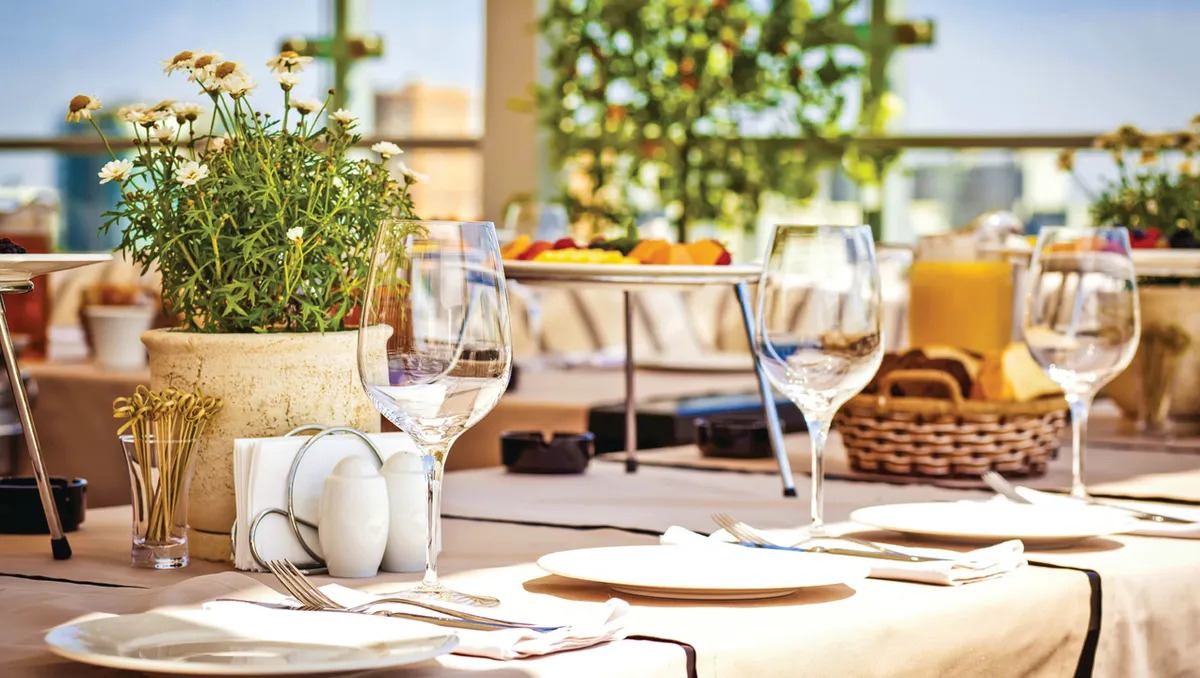

Events & Etiquette
When Was Table Etiquette Invented?
Modified: January 19, 2024
Discover the fascinating origins of table etiquette, from its early history to modern customs. Learn how events and etiquette have evolved over time.
(Many of the links in this article redirect to a specific reviewed product. Your purchase of these products through affiliate links helps to generate commission for Storables.com, at no extra cost. Learn more)
Introduction
In today’s society, proper table etiquette is an integral part of our dining experience. Whether it’s a formal dinner event, a business meeting, or a casual gathering with friends, knowing how to conduct oneself at the dining table is an essential skill. But have you ever wondered when table etiquette was first established? Who decided what is considered polite and proper behavior when dining?
Table etiquette, also known as table manners or dining etiquette, has a long and fascinating history. It has evolved over centuries with the development of different civilizations and the changing social norms surrounding meals. Understanding the origins of table etiquette not only provides us with a greater appreciation for the customs we follow today but also sheds light on how these customs have shaped our social interactions.
In this article, we will explore the history of table etiquette, beginning with ancient civilizations and culminating in modern-day dining customs. By delving into the past, we can gain a deeper understanding of why certain behaviors and practices are considered polite and respectful during mealtime.
Join us on this journey through time as we uncover the origins of table etiquette and how it has evolved into the etiquette we observe today.
Key Takeaways:
- Table etiquette has a rich history, evolving from ancient civilizations to modern times, emphasizing respect, consideration, and inclusivity in dining experiences.
- Modern table etiquette balances tradition and flexibility, prioritizing courtesy, respect, and mindful dining while accommodating diverse cultural backgrounds and individual preferences.
Read more: When Was The Napkin Invented
History of Table Etiquette
The history of table etiquette can be traced back thousands of years to ancient civilizations that valued proper conduct and social order. In these early societies, dining rituals played a significant role in defining social status and reinforcing societal norms.
Ancient civilizations such as the Egyptians, Greeks, and Romans placed great importance on dining etiquette. For example, in ancient Egypt, the elite class would eat reclining on couches while being served by servants, reflecting their status and wealth. Meanwhile, the Greeks introduced the concept of symposia, where discussions and entertainment took place during lavish banquets, and proper behavior was expected from the attendees.
During the Middle Ages in Europe, the focus shifted to religious customs and traditions. Meals became communal events, with nobles and their families dining together in grand halls. There were specific rules governing how to handle utensils, how to behave in the presence of others, and even guidelines on the order in which food should be served.
However, it was during the Renaissance period that formal dining and elaborate table manners truly flourished. The influence of European courts and the refinement of upper-class society led to the development of intricate dining rituals. Table settings became more elaborate, utensils were designed to accommodate various courses, and strict protocols were established for seating arrangements and interactions between guests.
As the world moved into the modern era, table manners continued to evolve, reflecting changes in societal norms and cultural practices. The Industrial Revolution brought about changes in dining practices, with the rise of restaurants and a focus on efficiency and speed. This led to the emergence of new etiquette rules related to ordering, paying the bill, and tipping.
Today, we find ourselves in a diverse and globalized world, where different cultures and traditions merge in dining experiences. The rules of table etiquette may vary to some extent, but the underlying principles of respect, consideration for others, and proper conduct remain universal.
It is fascinating to see how table etiquette has evolved over time, influenced by the customs and values of different civilizations. By studying the history of table etiquette, we gain insight into the significance of proper behavior at the dining table and how it shapes our social interactions today.
Ancient Civilizations and Etiquette
Table etiquette, although not as formal as it is today, was present in many ancient civilizations. These civilizations placed a strong emphasis on proper behavior during meals, considering dining as more than just sustenance, but also as a way to express social status and maintain harmony within the community.
One of the earliest documented civilizations to have specific dining customs was ancient Egypt. The Egyptians believed that proper table manners were not only a reflection of one’s character but also an offering to the gods. Dining was often done in a communal setting, with guests reclining on couches while sharing a meal. The host would ensure that guests were comfortable and well-fed, with servants attending to their needs.
In ancient Greece, meals were seen as opportunities for intellectual and social gatherings. The symposium, a formal banquet where men would gather for philosophical discussions and entertainment, was a prominent event. Proper behavior was expected during these gatherings, including using utensils correctly, drinking in moderation, and participating in discussions. It was essential to strike a balance between enjoying oneself and staying within the bounds of acceptable behavior.
The Romans, known for their elaborate feasts and opulent banquets, had a detailed set of dining customs. Dining was seen as a way to display wealth and power, and the rules of table etiquette were strictly enforced. Guests were seated according to their social status, and elaborate meals were served in multiple courses. Utensils, such as knives and spoons, were used, although the Romans famously did not use forks. It was customary for diners to use their fingers to eat certain foods, such as fruits and small bread rolls.
Each of these ancient civilizations established customs and rituals around dining, reflecting their values and social structures. Proper table manners were seen as an essential part of being a respectable member of society. While these practices may seem foreign compared to modern standards, they laid the foundation for the dining etiquette we observe today. By studying the customs of ancient civilizations, we gain a deeper understanding of how table etiquette has evolved and the cultural significance it holds.
Renaissance and the Birth of Formal Dining
The Renaissance period marked a significant shift in dining practices and table etiquette. It was a time of cultural rebirth and refinement, where European courts and the elite upper class focused on sophistication and elegance in all aspects of life, including dining.
Dining during the Renaissance was a grand affair, characterized by elaborate banquets and formal rituals. The table settings became more intricate, with a greater emphasis on aesthetics. Finely crafted silverware, delicate china, and ornate tablecloths adorned the dining tables.
One of the most notable developments during this era was the introduction of multiple courses. Large feasts would consist of several courses served in a specific order. Each course had its own set of dishes and utensils, and the order in which they were presented was carefully planned. This practice not only showcased the host’s wealth but also demonstrated their knowledge of proper dining customs.
Seating arrangements during the Renaissance were of great importance. The positioning of guests at the table was carefully determined, based on hierarchy and social status. The seat closest to the host was considered the most prestigious, while the seating arrangement of other guests was determined by their rank.
Table etiquette during the Renaissance also introduced various rules and customs. Guests were expected to use utensils, such as forks, knives, and spoons, with proper technique. Napkins were used to wipe hands and mouths, and it was considered impolite to tuck them into the collar or let them touch the table. Chewing with an open mouth, slurping, or making excessive noise while eating was frowned upon.
The Renaissance period saw the emergence of table manners guides and manuals, which provided detailed instructions on appropriate behavior during meals. These manuals served as a guide for the nobility and aspiring members of society to navigate the intricacies of formal dining. They outlined rules for how to handle utensils, engage in conversation, and conduct oneself with grace and poise at the dining table.
Formal dining during the Renaissance not only reflected one’s social standing but also provided an opportunity for networking and social interaction. It was a chance to impress and display refined manners, often accompanied by entertainment such as music, dancing, and theatrical performances.
The birth of formal dining during the Renaissance laid the foundation for modern table etiquette. Many of the practices and customs that originated during this period continue to influence our dining etiquette today. By understanding the traditions and rituals of the Renaissance, we can appreciate how our own table manners have developed and evolved over time.
Table etiquette as we know it today was formalized in the 16th century by the French. It’s important to follow basic table manners to show respect and courtesy during meals.
Evolution of Table Manners
Table manners have undergone significant evolution over the years, reflecting changes in social norms, cultural practices, and dining preferences. From the Renaissance period to the present day, table manners have adapted to new environments and lifestyles while still emphasizing courtesy, respect, and consideration for others.
During the 18th and 19th centuries, table manners were highly formal and rigid, particularly among the upper classes. Etiquette books and manuals became popular, offering guidance on the proper use of utensils, the order of service, and appropriate behavior at the table. Elaborate table settings and strict rules governed dining etiquette, emphasizing the need for refined manners and polished social skills.
However, as society modernized and the middle class expanded, dining etiquette started to evolve towards a more relaxed and casual style. The rise of industrialization and urbanization led to new dining environments, such as restaurants and cafes, where people gathered for meals outside of their homes. This shift created a need for a more simplified and accessible approach to table manners.
The 20th century brought significant changes to table etiquette, influenced by cultural shifts and globalization. With the advent of technology and international travel, people were exposed to different dining customs and traditions from around the world. This diversity of dining experiences led to a more eclectic approach to table manners, with an appreciation for cultural variations and allowances for individual preferences.
Informality in dining became more acceptable, with the focus shifting towards creating a relaxed and comfortable atmosphere. The strict rules of the past began to loosen, and a greater emphasis was placed on the enjoyment of food and the company of others. Casual dining settings became popular, where simple gestures like saying “please” and “thank you,” and using utensils correctly, were prioritized over highly formalized rules.
Today, our modern table manners reflect a balance between tradition and informality. We still adhere to certain principles of politeness and respect, such as not talking with a full mouth and using utensils appropriately. However, there is also a recognition of individual preferences and dietary restrictions, allowing for more flexibility in dining practices.
Furthermore, with the rise of technology and social media, new challenges have arisen in maintaining good table manners. The temptation to be constantly connected and distracted during meals can be a hindrance to meaningful conversations and mindful eating. However, as etiquette evolves, new guidelines are being established to navigate these challenges, such as implementing designated phone-free zones during mealtime.
The evolution of table manners demonstrates our ability to adapt and respond to our changing society. While some aspects of etiquette may change, the foundational principles of respect, consideration, and appreciation for food and company will always remain important. Understanding the evolution of table manners allows us to navigate social situations with grace and adaptability while still honoring the traditions that have shaped our dining customs.
Read more: Table Etiquette: What To Do When Done Eating
Modern Table Etiquette
In today’s fast-paced and diverse world, modern table etiquette continues to prioritize respect, consideration, and good manners while allowing for flexibility and individual preferences. Here are some key aspects of modern table etiquette:
- Seating and placement: When dining with a group, it is customary to wait for the host to indicate where to sit. The placement of guests may be determined by hierarchy or simply the host’s preference. In formal dining situations, it is polite to wait for all guests to be seated before starting the meal.
- Utensils and handling: Knowing how to use utensils correctly is still important. Start from the outermost utensils and work your way in with each course. When not in use, place utensils on the plate or resting on the side of the plate. Avoid placing them directly on the tablecloth. If unsure about which utensil to use, observe others at the table or discreetly ask a nearby guest.
- Napkin placement: Unfold your napkin and place it on your lap upon sitting down. Use it to gently blot your mouth as necessary throughout the meal or to wipe your fingers if no separate finger bowl is provided. When temporarily leaving the table, place your napkin loosely on the chair to indicate that you will return. At the end of the meal, loosely fold your napkin and place it to the left of your plate.
- Engaging in conversation: Engaging in meaningful and polite conversation is an essential part of modern table etiquette. Avoid discussing controversial or sensitive topics and be mindful of others’ opinions and feelings. Show attentiveness by actively listening to others and taking turns speaking. Avoid using electronic devices or being excessively distracted during the meal.
- Consideration for others: Be mindful of others around you. Avoid reaching across the table for items and instead ask for them to be passed. Chew food with your mouth closed, avoiding loud or obnoxious eating noises. Let others finish speaking before taking a bite or engaging in conversation. Be considerate of dietary restrictions or allergies when planning meals or dining out with others.
- Thanking the host: At the end of the meal, it is customary to express gratitude to the host for their hospitality. A simple thank you and compliments on the meal or the host’s hosting skills are appropriate. Sending a handwritten thank-you note or a follow-up message after the event is also a thoughtful gesture.
Modern table etiquette acknowledges the importance of inclusivity and cultural diversity. It allows individuals to embrace their own traditions and customs while respecting those of others. This flexibility is particularly important in multicultural settings or when dining with individuals from different backgrounds.
While modern table etiquette may differ in certain aspects from the more formal practices of the past, the underlying principles of courtesy, respect, and consideration for others remain constant. By following these guidelines, we can ensure a pleasant and enjoyable dining experience for everyone involved.
Conclusion
Table etiquette has a rich and storied history, shaped by ancient civilizations, the refinement of the Renaissance, and the ever-changing dynamics of our modern world. It is an essential aspect of our social interactions that promotes respect, consideration, and civility at the dining table.
From the ancient Egyptians reclining on couches to the elaborate banquets of the Renaissance to the contemporary casual dining experiences we enjoy today, table etiquette has evolved to reflect the customs, values, and social norms of each era. It has adapted to new environments, cultural influences, and technological advancements while retaining a core set of principles.
Modern table etiquette emphasizes flexibility and inclusivity, allowing individuals to express their personal preferences while respecting the traditions and customs of others. It encourages mindful eating, engaging in meaningful conversations, and demonstrating consideration for others’ dietary restrictions and cultural backgrounds.
By understanding the history and evolution of table etiquette, we gain a deeper appreciation for the customs we observe today. We recognize the importance of proper conduct at the dining table and how it contributes to a harmonious and enjoyable dining experience for everyone involved.
Whether we are attending a formal dinner, a business lunch, or a casual gathering with friends, practicing good table manners demonstrates our respect for others and our ability to navigate social situations with grace and poise.
As we move forward in our globalized world, it is essential to continue adapting table etiquette to reflect our changing times while maintaining the core values of respect, courtesy, and consideration. By doing so, we can ensure that our dining experiences remain enjoyable, inclusive, and meaningful, fostering connections and enhancing our overall well-being.
So let us raise our glasses and toast to the history, evolution, and importance of table etiquette. May it continue to guide us in the art of dining and enrich our social interactions for generations to come.
Frequently Asked Questions about When Was Table Etiquette Invented?
Was this page helpful?
At Storables.com, we guarantee accurate and reliable information. Our content, validated by Expert Board Contributors, is crafted following stringent Editorial Policies. We're committed to providing you with well-researched, expert-backed insights for all your informational needs.
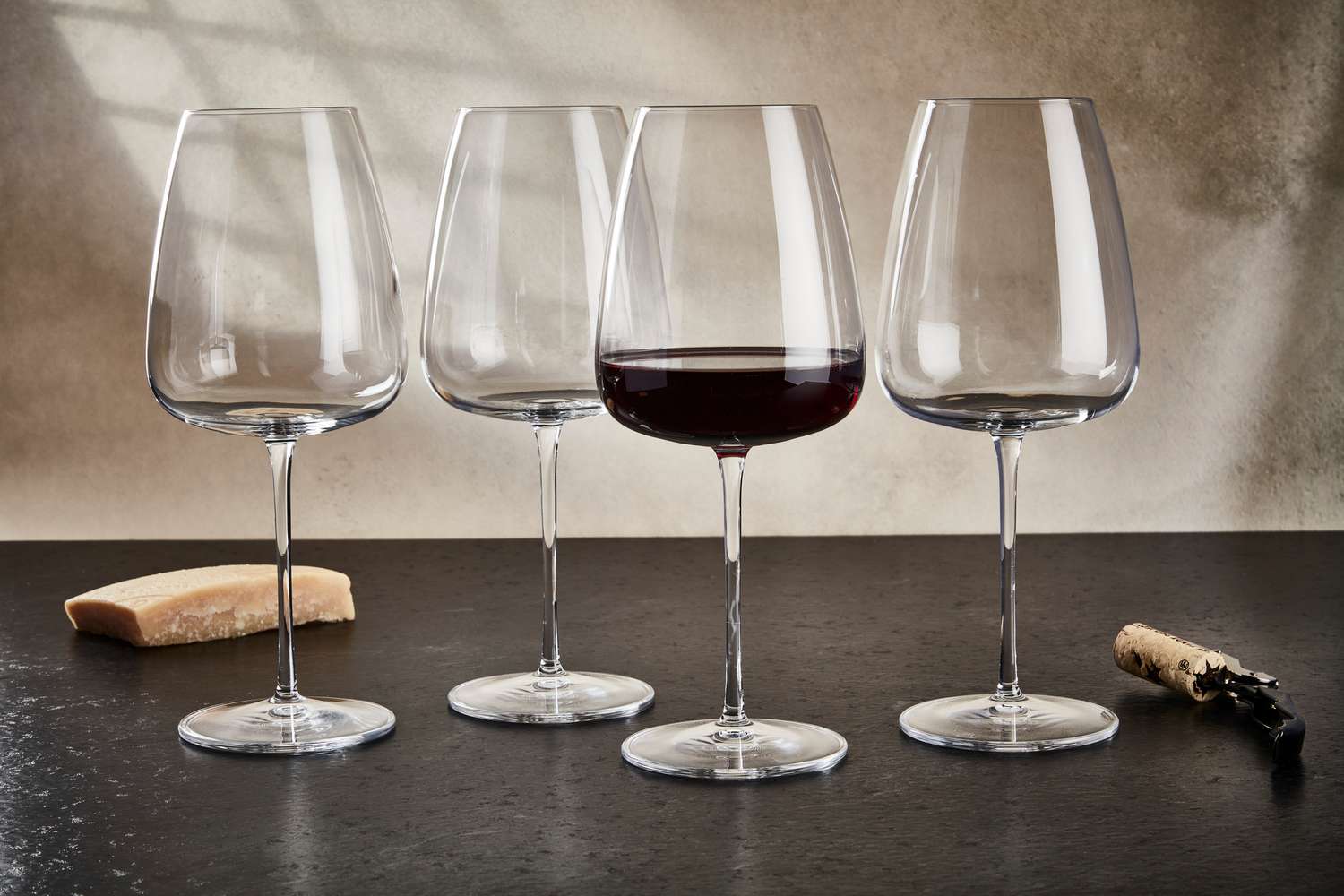
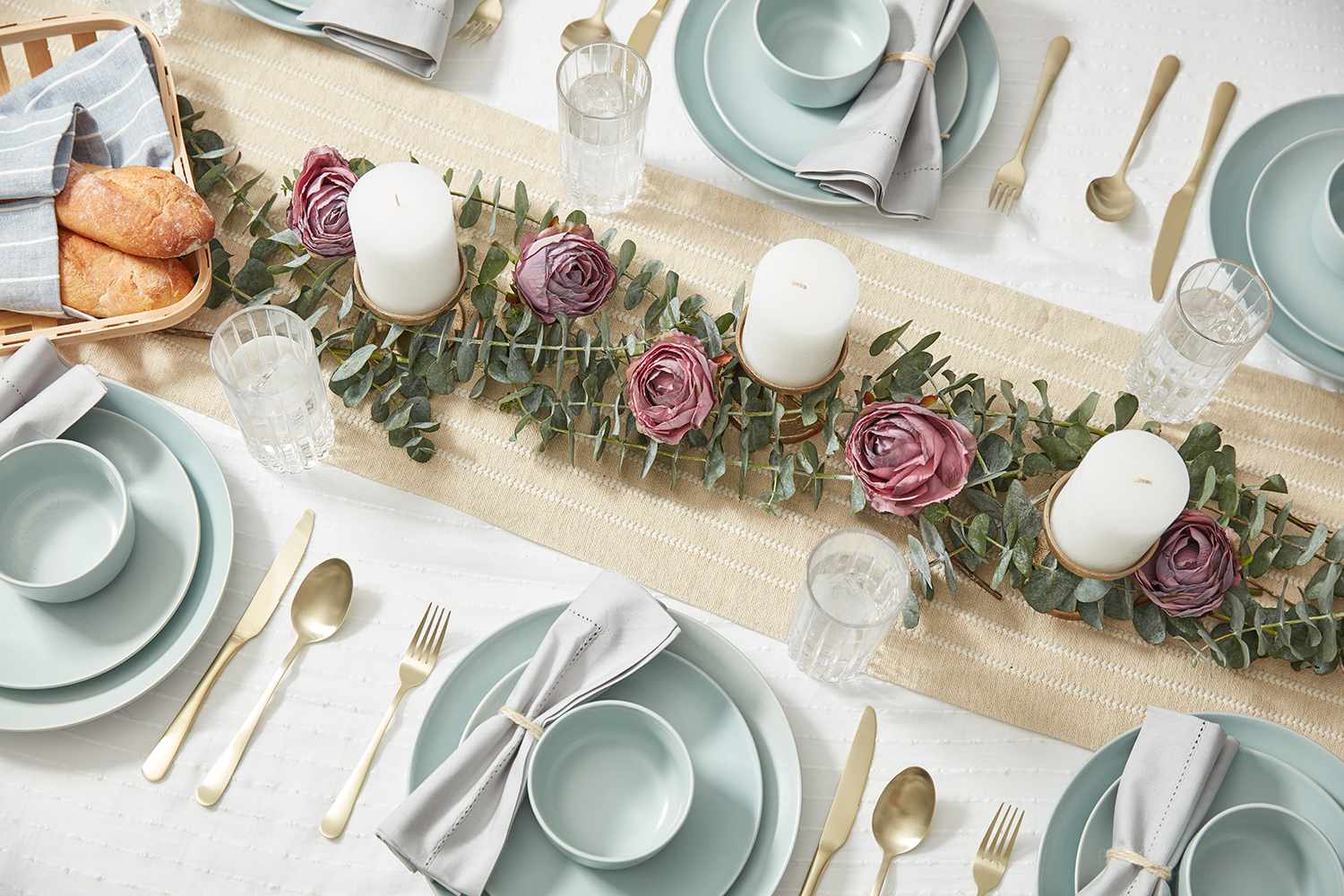

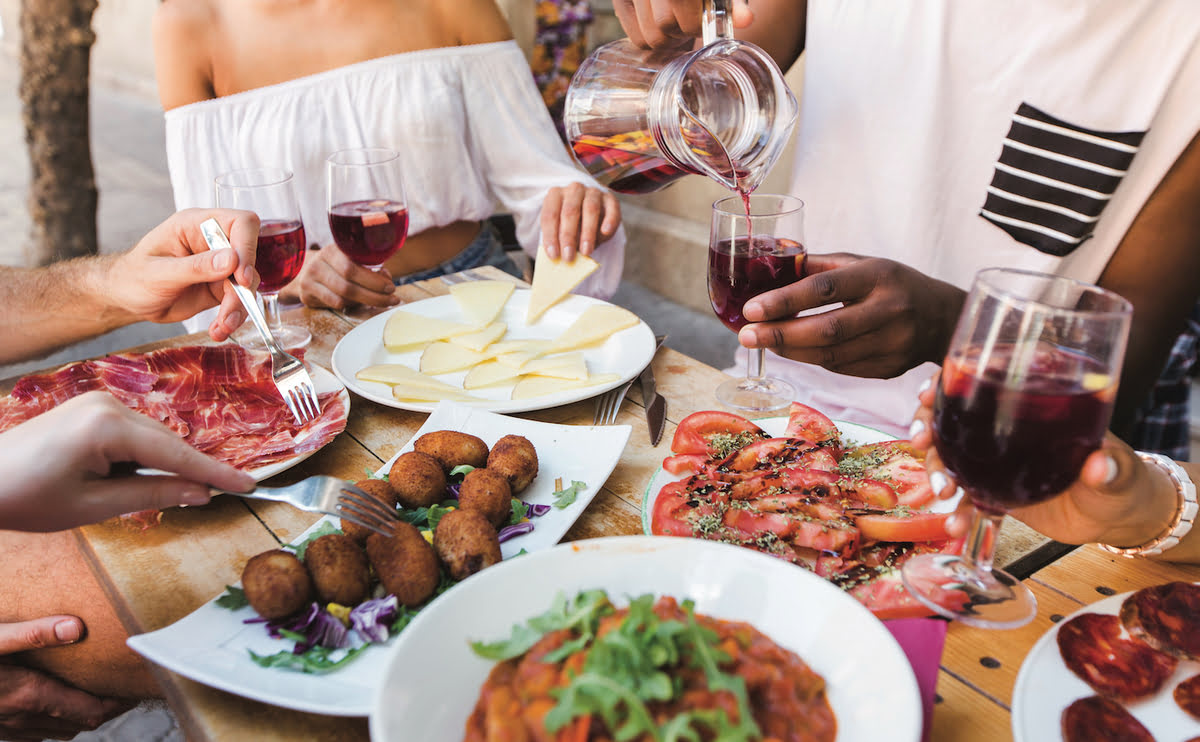
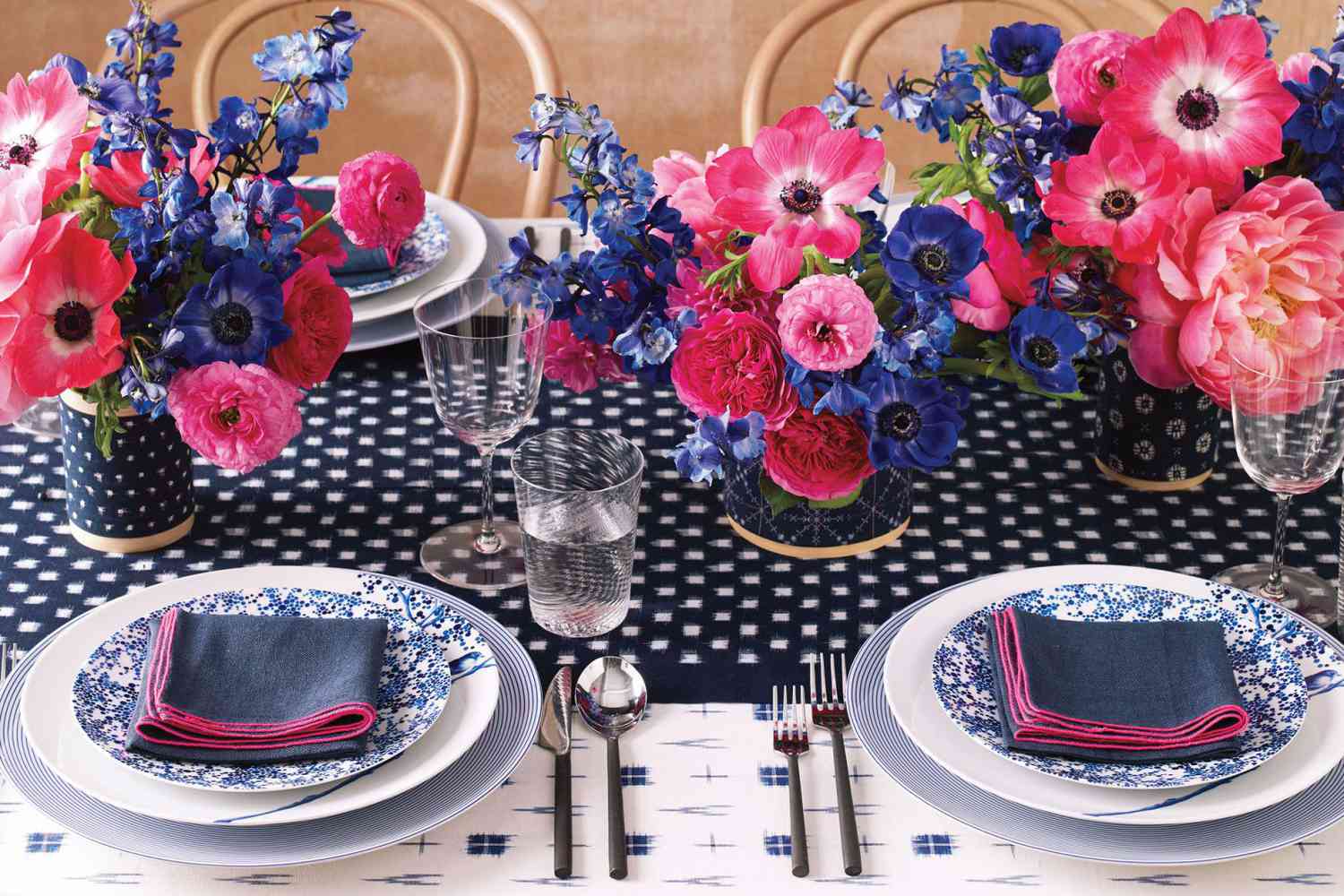
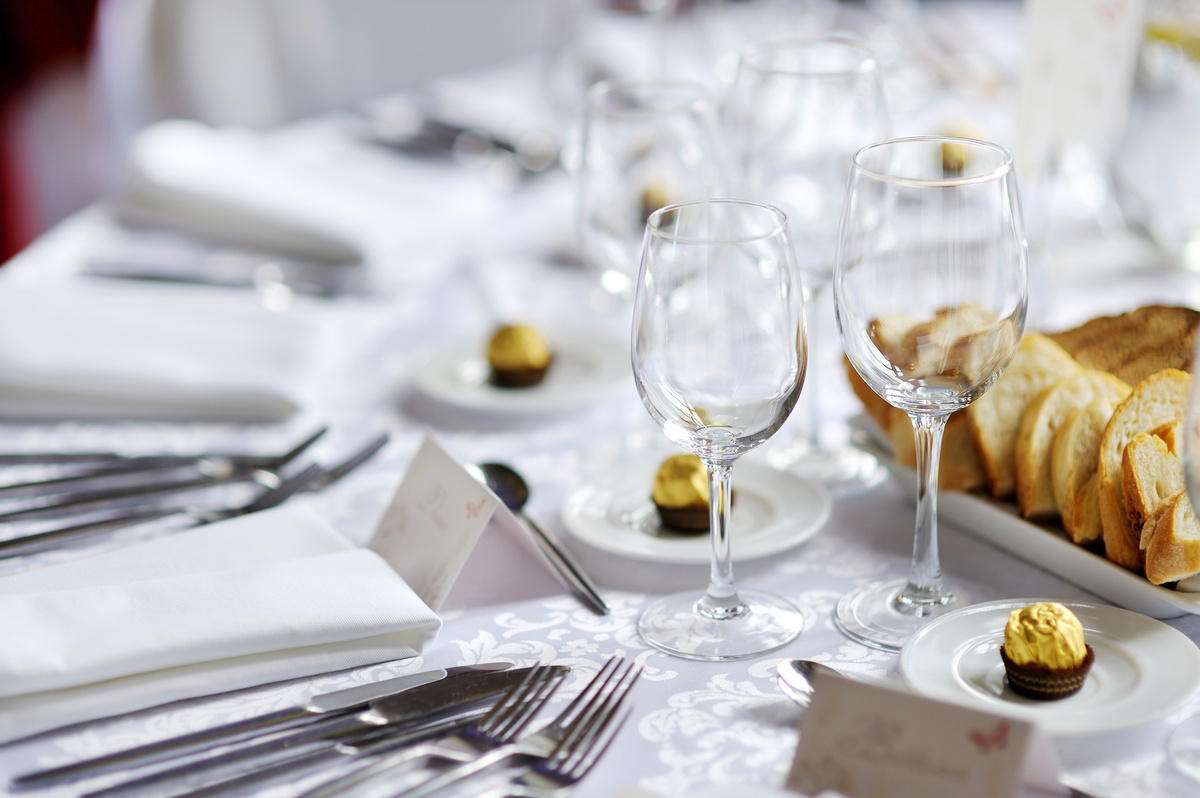
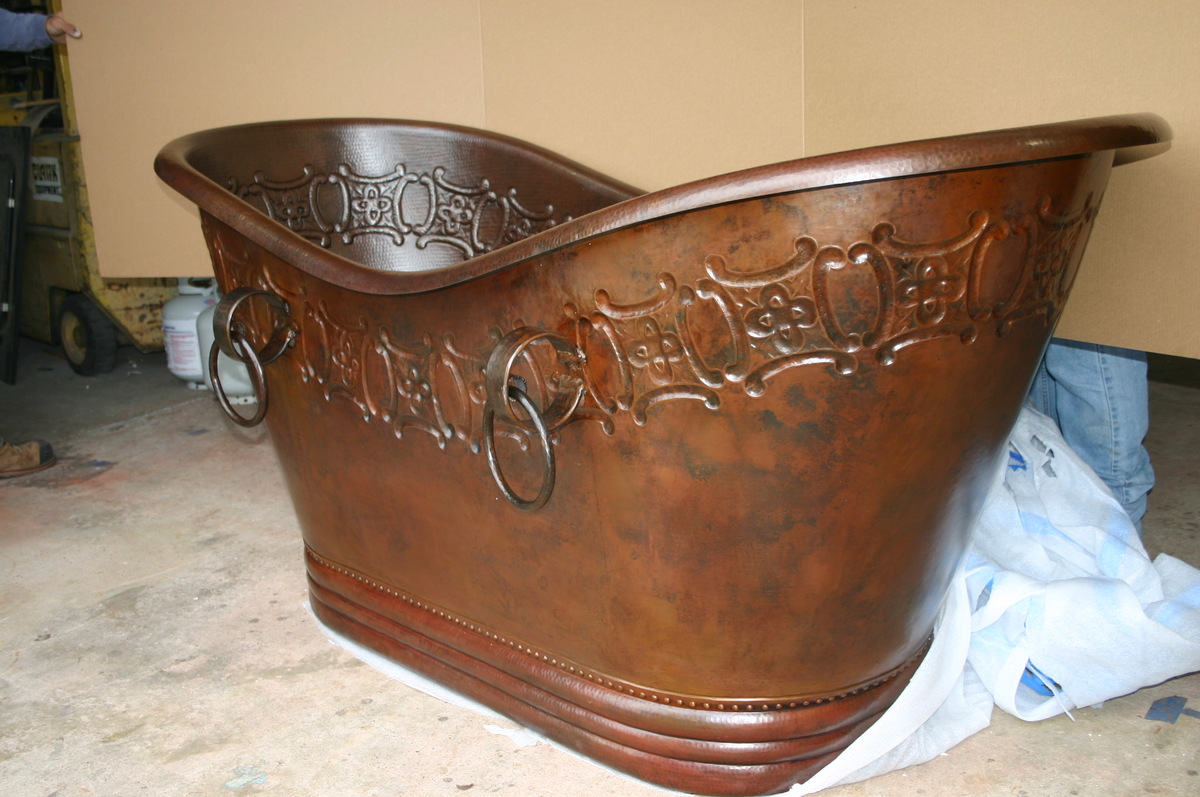
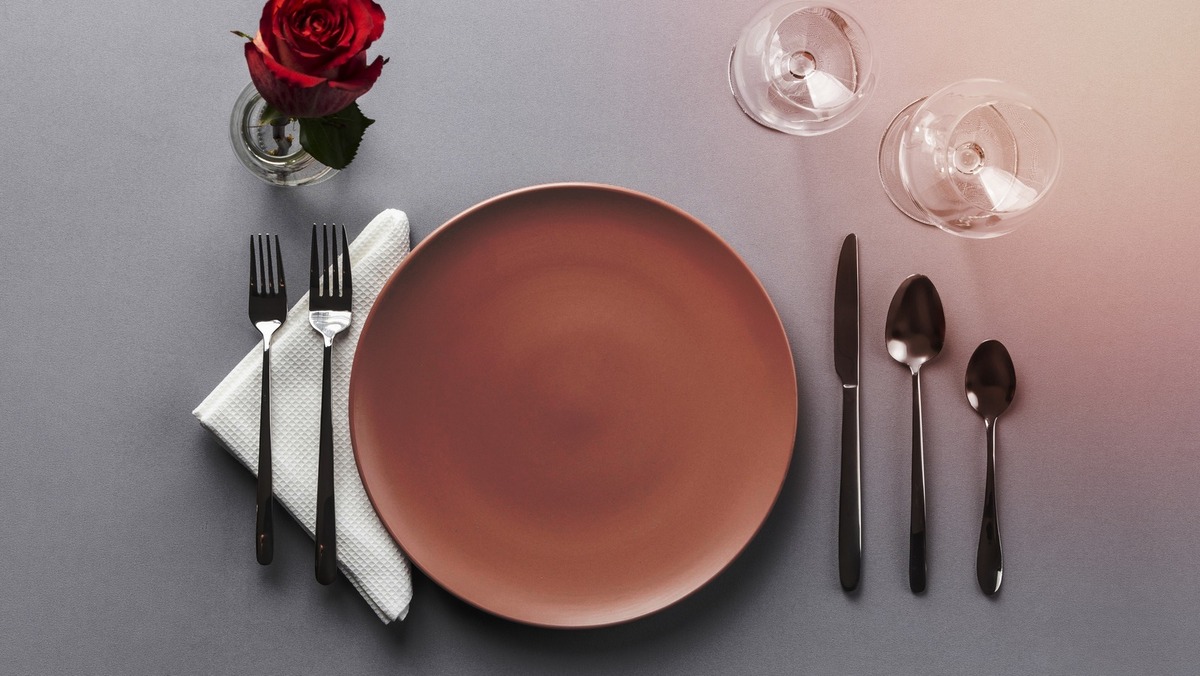
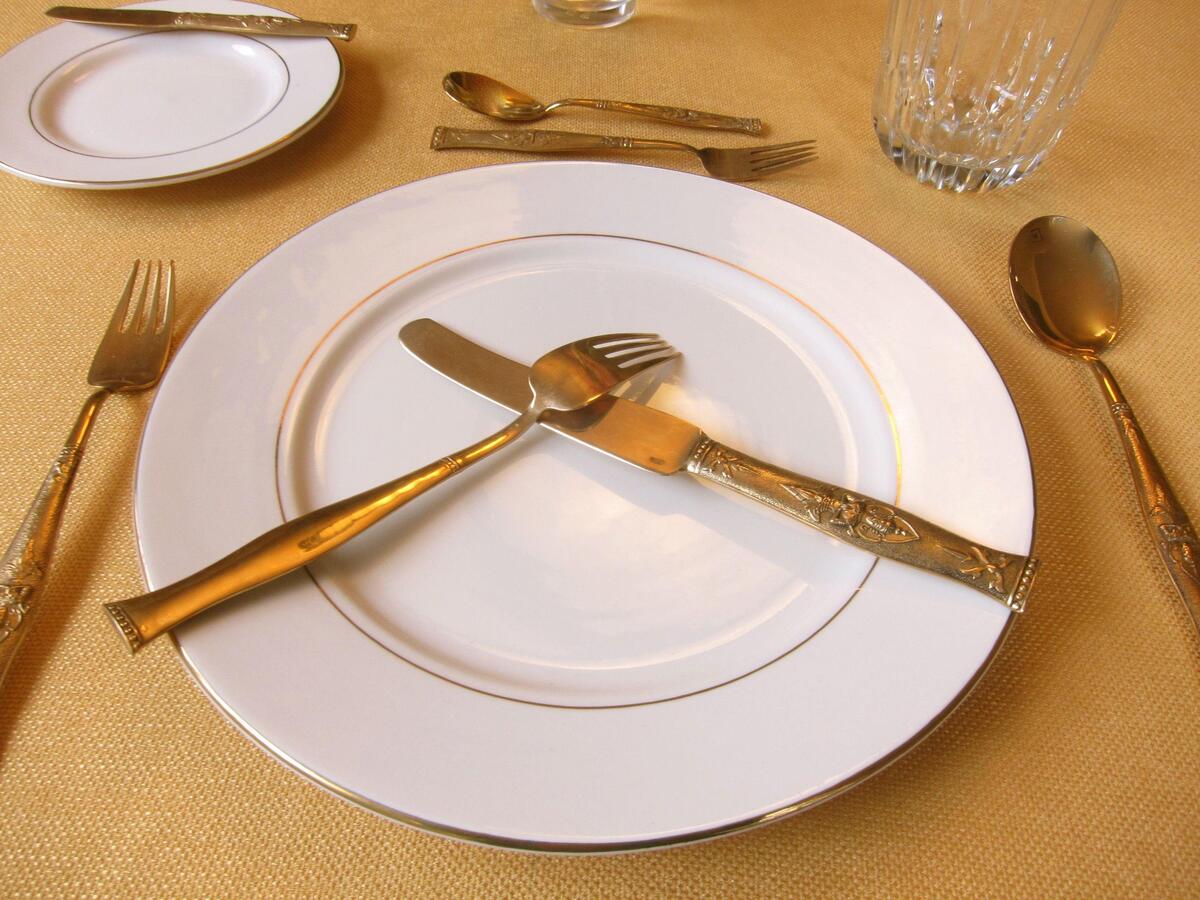
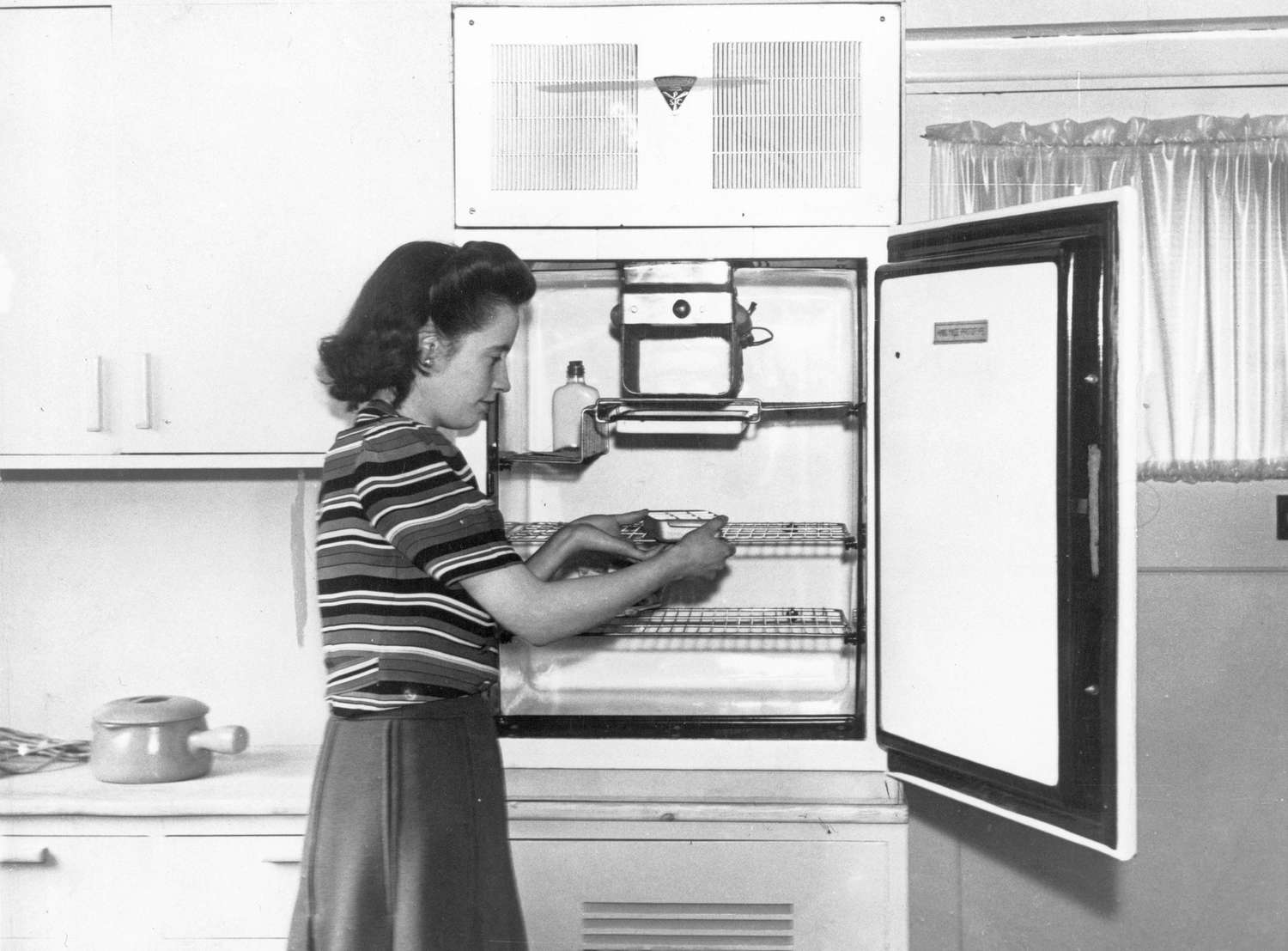


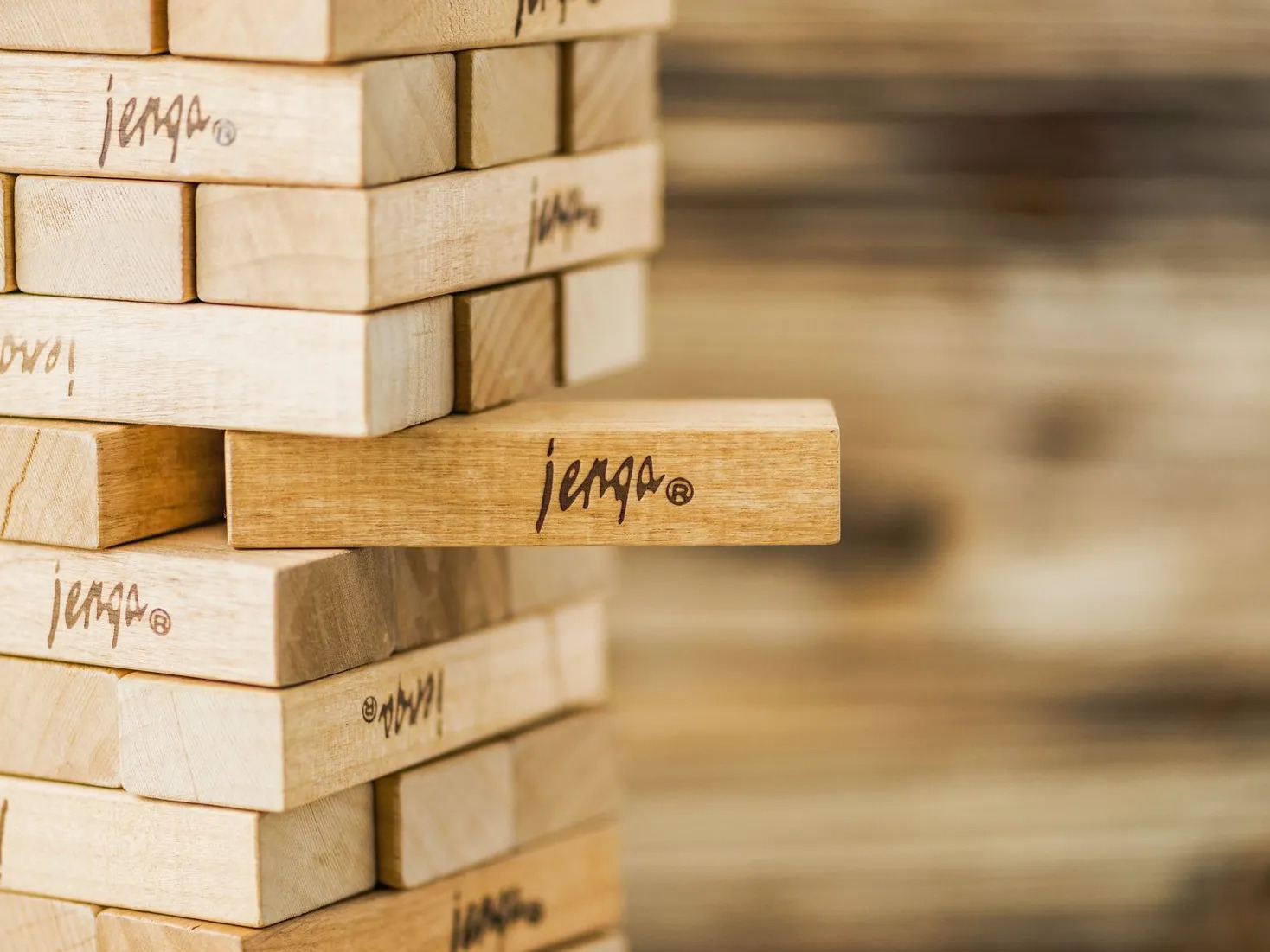


0 thoughts on “When Was Table Etiquette Invented?”